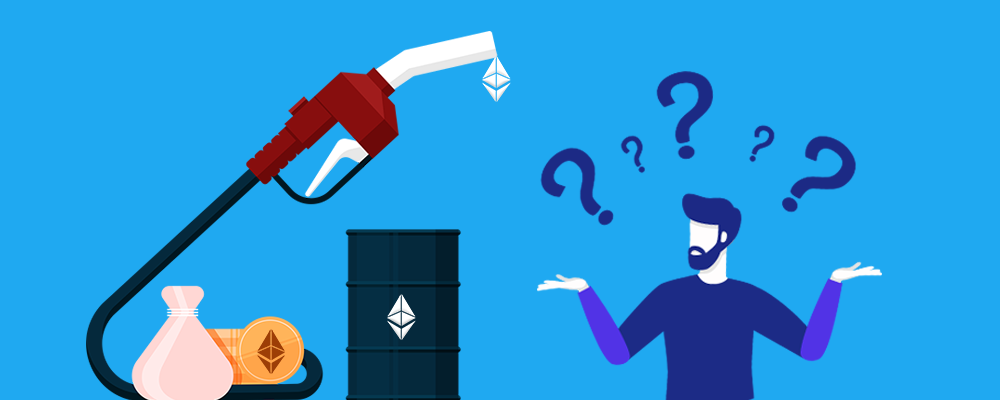How To Avoid Gas Fees
Market Meditations | October 7, 2021

Gas is basically a fee you pay for every transaction that is added to the blockchain. The block validators receive this fee to compensate them for the computer power required to process it. All signed transactions go into a pool, and there are two things that can lead to high gas costs:
- The network is busy and other users are willing to pay higher gas costs to get preferential treatment
- You are interacting with a smart contract that requires a lot more computation than a simple wallet transfer
With the explosion in DeFi and NFT popularity over the last year, the average Ethereum transaction fee has rocketed and some of the most popular dApps in the crypto world are absolute gas guzzlers! So what can we as individuals do to help minimise our costs?

Wait and C
Well of course we could just move to tokens on Binance Smart Chain and Solana, which have fees lower than a dollar. If what you need is there, problem perhaps solved.
But if you still want to transact on Ethereum, there are two simple workarounds to keep in mind that may be beneficial:
- If your transaction isn’t urgent, adjust your gas fee to the safe low gas rate here, and even consider waiting until the cheapest time of the week to transact
- If you are purchasing relatively small amounts of popular tokens, the use of a centralised exchange may work out cheaper, as they are able to lower their average gas fees by batching transactions together
⚠ REMEMBER! Centralised exchanges come with their own security risk as you do not have ownership of your tokens until you withdraw them.
Many Layers
For high-frequency traders of certain altcoins though, waiting and using centralised exchanges is not an option. Thankfully, this is where Layer 2 solutions and bridges come in, including rollups, which we highlighted in August. The main aim of Layer 2 solutions is to send computation (and sometimes data) off-chain to increase overall transaction rate and lower gas fees.
One of the recent success stories on Layer 2 has been the decentralised derivatives exchange dydx, which has shot to the top of the DEX list on 24-hour trading volume, aided by a popular airdrop to its early adopters.

If you trade derivatives on dydx on:
- Layer 1: the maximum fee is based on the “Higher of 0.2% or Variable Gas Cost”
- Layer 2: the fees are between 0.05% – 0.1% and there is zero gas cost.
dApp Dancing
Many other dApps have either migrated to Layer 2 or are in the process of doing so, lured by the potential of rapid user growth by those seeking low fees. Keep in mind these tips and tricks to keep your fees down, and to learn more about the Layer 2 market and associated risks, check out L2 Beat.

